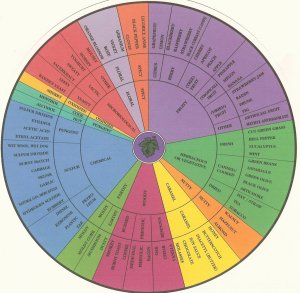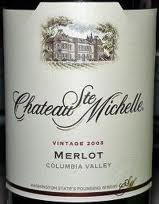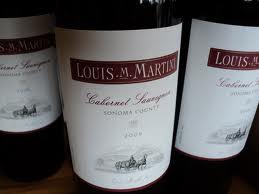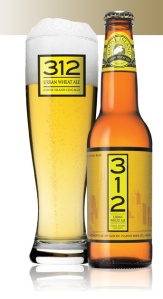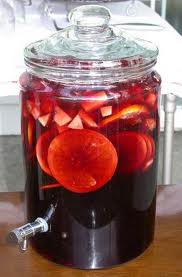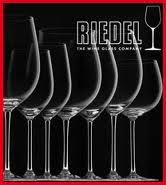Describing the different flavors that are smelled or tasted while enjoying wine can be a daunting process. I have found that the Wine Aroma Wheel, by Ann Noble, helps break them down into categories that are manageable. I have found this wheel very helpful during many tastings.
To order a laminated version of this wheel, visit the Wine Aroma Wheel’s website:
FRUITY
Citrus: Grapefruit, Lemon
Berry: Blackberry, Raspberry, Strawberry, Red Currant (Cassis)
(Tree) Fruit: Cherry, Apricot, Peach, Apple
(Tropical) Fruit: Pineapple, Melon, Banana
Dried Fruit: Strawberry Jam, Raisin, Prune, Fig
Other: Artificial Fruit, Methyl Anthranilate
HERBACEOUS OR VEGETATIVE
Fresh: Cut Green Grass, Bell Pepper, Eucalyptus, Mint
Canned/Cooked: Green Beans, Asparagus, Green Olive, Black Olive, Artichoke
Dried: Hay/Straw, Tea, Tobacco
NUTTY
Nutty: Walnut, Hazelnut, Almond
CARAMEL
Caramel: Honey, Butterscotch, Diacetyl (Butter), Soy Sauce, Chocolate, Molasses
WOODY
Resinous: Vanilla, Cedar, Oak
Phenolic: Medicinal, Phenolic, Bacon
Burned: Smokey, Burnt Toast, Coffee
EARTHY
Earthy: Mushroom, Dusty
Moldy: Moldy, Moldy Cork
CHEMICAL
Petroleum: Diesel, Kerosene, Plastic, Tar
Sulfur: Wet Wool, Wet Dog, Sulfur Dioxide, Burnt Match, Cabbage, Skunk, Garlic, Natural Gas, Mercaptan, Hydrogen Sulfide, Rubbery
Pungent: Sulfur Dioxide, Ethanol, Acetic Acid, Ethyl Acetate
PUNGENT
Cool: Menthol
Hot: Alcohol
OXIDIZED
Oxidized: Sherry
MICROBIOLOGICAL
Yeasty: Baker’s Yeast, Leesy
Lactic: Yogurt, Sweaty, Sauerkraut
Other: Mousey, Horsey
SPICY
Spicy: Licorice Anise, Black Pepper, Cloves
